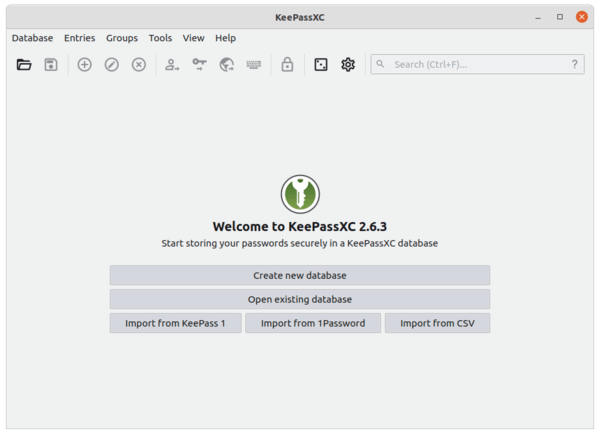

So you have to tinker a bit to make things work again, but for me, that’s the fun part where I learn a lot about the Linux system. The second downside is that too many restrictions of resources will break applications. The first downside is that each application takes a bit more space on disk (due to embedding all of its dependencies) but that’s not much of a concern today with 100+ GB of space on (SSD) disks. You don’t have to ask yourself where each application added configuration files on your host system. You don’t have to worry about conflicting dependencies between applications, or about your favorite application not running on the latest Debian version.Įach application is installed into its own “virtual” system – only the Linux kernel is shared between all of them. It’s easy to setup, update and remove applications independently.Without a container, all applications basically have access to all of the resources on my desktop. My password manager doesn’t need access to either of the Internet, my sound card, or my documents – it only needs to access a password file and the clipboard. From a security point of view, it allows to relatively easily restrict access to resources available to each application.

I think it’s a great idea, for the following reasons. I was quite inspired when I first read Jessie Frazelle’s blog post about running desktop applications in Docker containers a few years ago. The second part is running it in a container. Of course, that’s a personal choice, and I find it great that users have many options to choose from to setup a password manager. Why running a password manager in Docker?īefore we start, you may wonder why I wanted to run a password manager in a Docker container.įirst of all, I like the idea of running a local password manager – as opposed to one running in a website – so that I understand where the passwords are stored, and where I back them up.

I aimed to keep it as “contained” as possible, while still being usable.įinding the right trade-off turned out to be a longer journey than I expected, involving the strace tool, and learning about system calls like prctl. Lessons learned from stracing a password manager in Dockerīy Guillaume Endignoux - recently tried to run my favorite password manager within a Docker container.


 0 kommentar(er)
0 kommentar(er)
